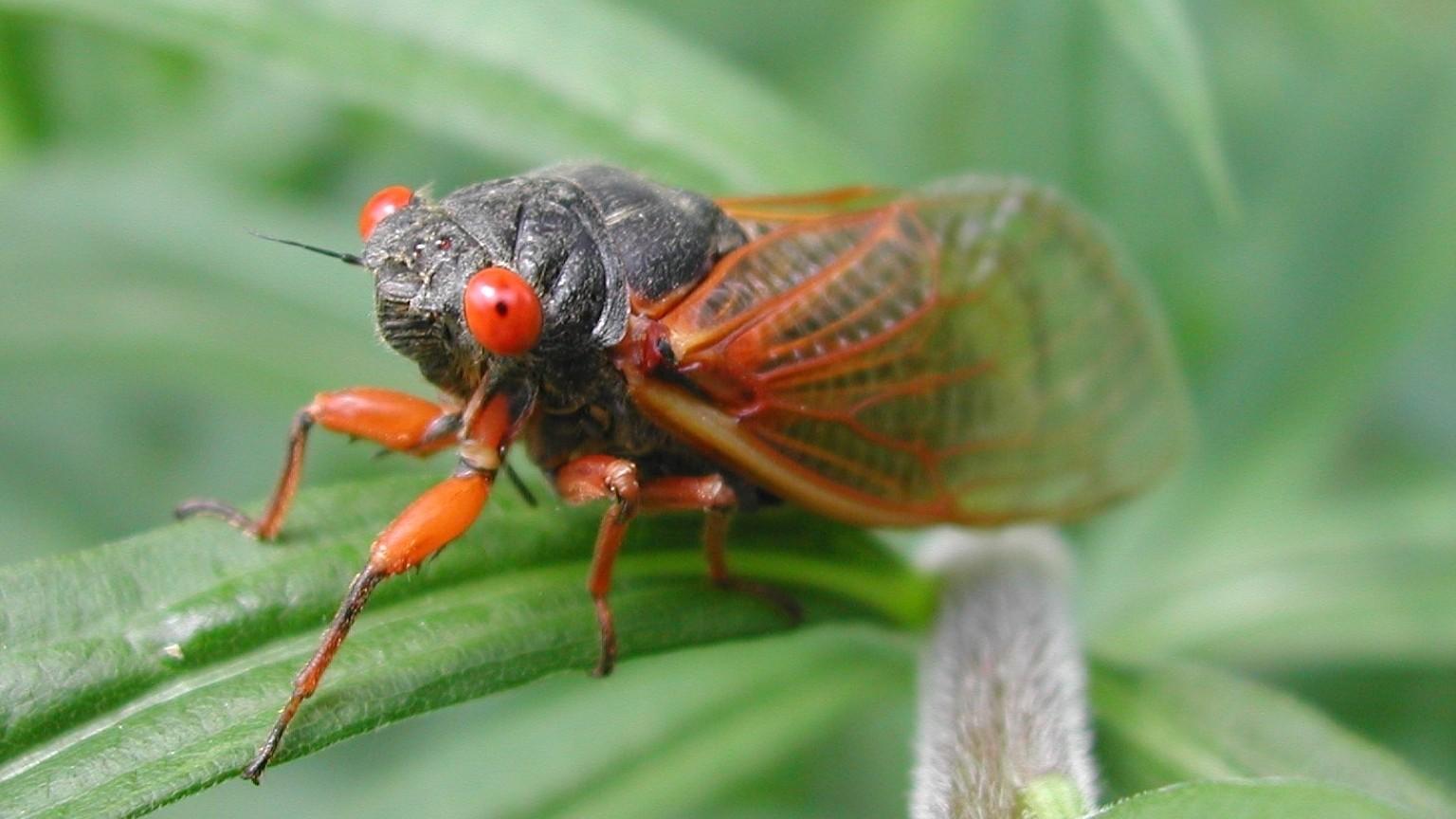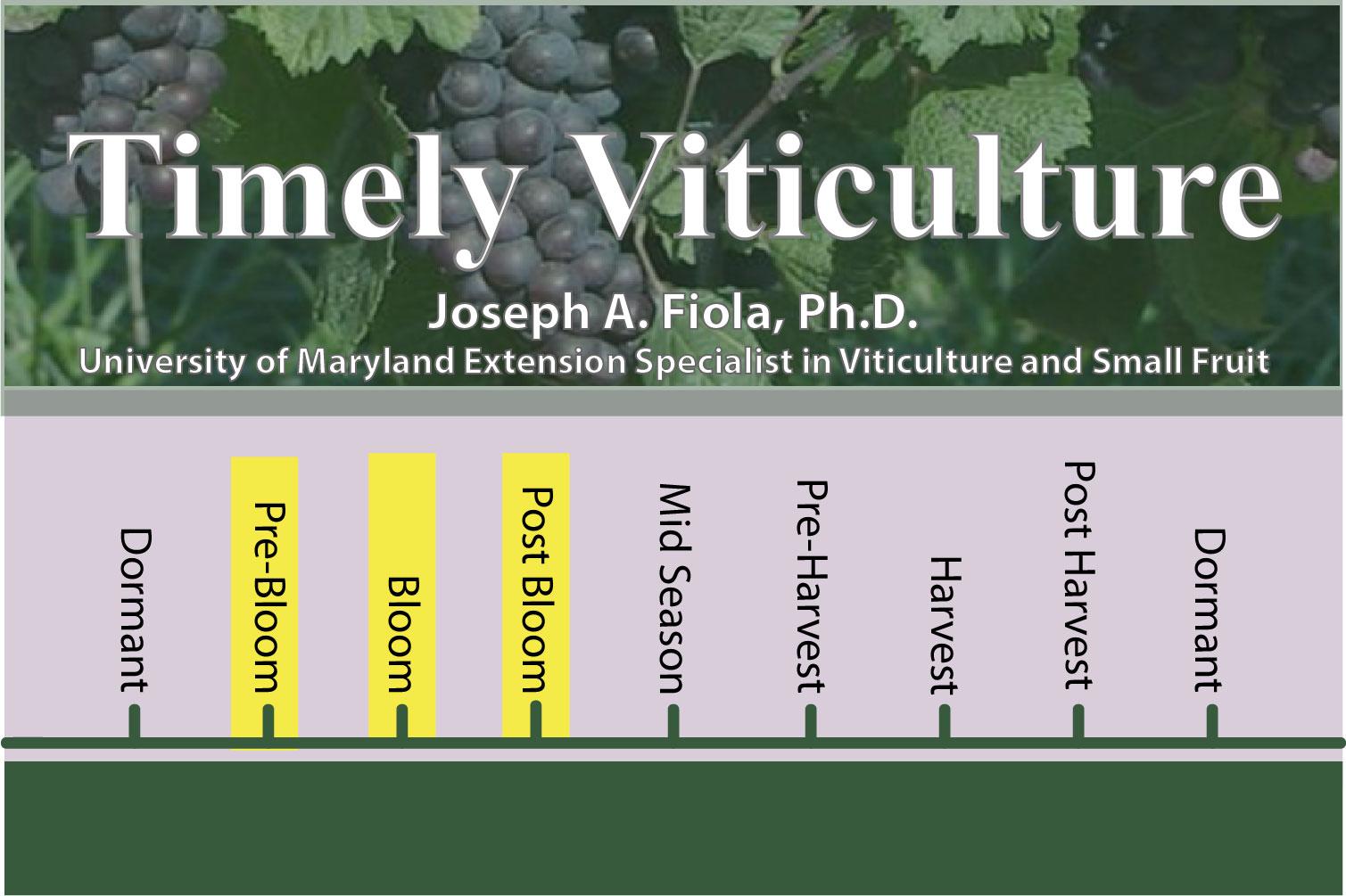Periodical (17-year) Brood X Cicadas
Background

- Periodical cicadas (Magicicada spp.) belong to the family Cicadidae in the order Hemiptera
- Cicadas are piercing-sucking bugs (true bugs) that feed on plant xylem. This nutrient-poor diet and avoidance of predators are potential reasons the periodical cicada develops for 17 years before emerging.
- The emergence of periodical or 17-year cicadas will occur over most of Maryland in May/June 2021, with less pressure in the Southern Eastern Shore; the emergence timing of periodical cicadas varies throughout the state.
- The emergence of the periodical cicada nymphs is tightly synchronized, with most adults appearing over a few nights in a particular location.
- In Maryland, adult periodical cicadas are active for about 6 weeks, appearing in early May with numbers peaking in early June; numbers decline by late June and most cicadas are gone by July.
- Individual adult cicadas live for only 2-4 weeks.
- Logically, knowing the history of the cicada prevalence 17 years ago will give insights into the potential level of infestation. If there were little or none in 2004, there may not be many in 2021; if there was a very high population in the vineyard in 2004, there might also be heavy populations this time.
Life Cycle
- Periodical cicadas spend most of their lives as nymphs, feeding on xylem sap from tree roots.
- After developing for 17 years below ground on roots, mature nymphs burrow to the soil surface and construct a mud turret (also known as a cicada hut).
- You may be able to see 1/2″ diameter emergence holes around the base of trees before nymphs emerge from the soil.
- You may be able to see 1/2″ diameter emergence holes around the base of trees before nymphs emerge from the soil.
- Before nymphs emerge from the soil you may be able to see emergence holes about 1/2″ diameter around the base of the tree.
- Nymphs are wingless, pale white to tan nymphs with a bulbous head and well-developed eyes.
- The nymphs emerge from the soil and climb onto nearby vegetation where they molt to the winged adult stage within hours; the empty brown exoskeletons frequently are found attached to trunks and foliage.
- Adult periodical cicadas are about 3/4–1.5 inches (4 cm long ) long, with a black body, red eyes, and orange legs with clear wings with distinctive orange veins; the wings are held tented over the body.
- Male cicadas “sing” to attract females for mating by vibrating membranes on their abdominal segment; females do not sing.
- After mating, females lay their pale, oblong, small eggs in twigs around the diameter of a pencil (0.25-0.5 inches; 0.6-1.3 cm).
- Oviposition (egg-laying) begins about 2 weeks after emergence.
- The female deposits the eggs under a 1/2 inch slit in the bark (a.k.a. egg nests).
- Each nest contains 20-30 eggs, and there are usually several in a row, with up to 600 eggs being laid by each female in 40 to 50 different locations among multiple twigs.
- Eggs hatch 6-10 weeks after oviposition
- The newly hatched pale tiny nymphs do not feed but leave the twigs and drop to the soil.
- Nymphs tunnel to the roots where they establish themselves for feeding first on grass roots and then on to tree roots as they get larger.
- After developing for 17 years below ground, mature nymphs burrow to the soil surface, and the cycle continues.
Damage
- Cicadas are not poisonous and do not bite or sting.
- Adult periodical cicadas can be extremely loud during their mass emergence.
- Areas with significant numbers of cicadas emerging often have a substantial noise problem due to the males calling for females.
- Areas with significant numbers of cicadas emerging often have a substantial noise problem due to the males calling for females.
- Adult cicadas feeding does not cause significant damage to plants; the major damage is the result of oviposition weakening the young branches.
- Adult cicadas damage many species of ornamental and hardwood trees, but the most seriously damaged plants are newly planted fruit and ornamental trees such as apple, dogwood, peach, hickory, cherry, and pear. They can damage newly planted grapevines, but the most risk is to the 2-3-year-old vines due to cane size.
- Young vines/trees are the most severely damaged because they have more wood (twigs, branches, establishing main stems) of the size (pencil thickness) preferred for egg-laying by female cicadas.
- Damaged wood may not be as strong when it eventually develops may break in the wind,
- Wounding caused by the oviposition slits may result in flagging of branches where the plant material past the egg-laying wound dies back.
- Nymphs do not feed on the twig where they hatch.
- Damage caused by cicada nymphs feeding on plant roots is considered to be very minor, though there is evidence of reduced growth in apple trees due to heavy root feeding.
Management
- The massive brood emergence associated with periodical cicadas can typically overwhelm predators.
- Birds are the primary predator of periodical cicadas, but reptiles and mammals such as squirrels, raccoons, and dogs readily feed on cicadas as well.
- There are also a few parasitic wasps and predatory mites that will attack the eggs.
- Management will likely only be needed if you have high populations and young woody plants.
- Periodical cicadas are most damaging to small woody plants and grapevines with pencil-sized canes/branches/establishing main stems that are the most desirable size for egg-laying.
- Newly planted (first-year) vines are a special consideration as damage may render the shoots and developing canes unfit for retention as permanent trunks (or cordons). One means of protecting the shoots of young vines would be to use grow tubes, which would discourage cicadas from the bottom 24 to 36 inches of the shoot/trunk (depending upon the height of the tube).
- Newly-planted through 3-year-old vines/trees can be covered with fine netting (mesh size no larger than about 3/8 inch.) to protect the small tender twigs from egg-laying females. However, the economics of this approach is questionable, depending on the size of the vineyard. Secure the netting around the trunk to stop the cicadas from climbing up into the tree canopy.
- The netting should be placed on vines before cicadas start to emerge up to when the first male singing is heard and removed at the end of June when the adult periodical cicadas have died.
- In general, insecticidal control of cicadas is not very practical because of the extended period of emergence and activity (up to 6 weeks) and, cicadas from untreated areas will fly into the treated areas.
- Pyrethroid insecticides, with quick knockdown, fairly long residual action, and repellant properties, are recommended for young vines. The frequency of applications will depend on egg-laying pressure and the prevalence of newly emerging insects.
- Scout every 2-3 days to check for females laying eggs, and if the infestations are widespread, treat as soon as they are found.
- Aggregations may be found typically near the edge of the woods, therefore if treatment is necessary, you may be able to treat the few rows surrounding high population centers to reduce the injury.
- Consult the current appropriate Maryland Pest Management Guide or current chemical recommendations for control of periodical cicadas.
- As always, practice caution when applying insecticides as they can disrupt populations of the natural predators of crop pests (i.e. populations of spider mites will often increase after Sevin or pyrethroid insecticide applications). Also, be careful to protect pollinators.
- Regretfully, there are reports that Surround (kaolin clay) will not reduce oviposition injury.
- Remove and destroy any flagged, damaged twigs where female cicadas have laid their eggs within six weeks of oviposition, before the nymphs hatch and drop to the ground. This reduces the number of nymphs establishing on the roots of that tree.
- Unsupported shoots often break beyond the point of egg-laying, but since this occurs relatively early in the growing season (June), lateral regrowth will normally compensate for the loss of a primary shoot tip.
- In older wood, the oviposition site typically heals without apparent long-term consequences.
The authors thank Dr. Paula Shrewsbury for her helpful edits of this Timely Viticulture.
Timely Viticulture is designed to give those in the Maryland grape industry a timely reminder on procedures or topics they should be considering in the vineyard.
